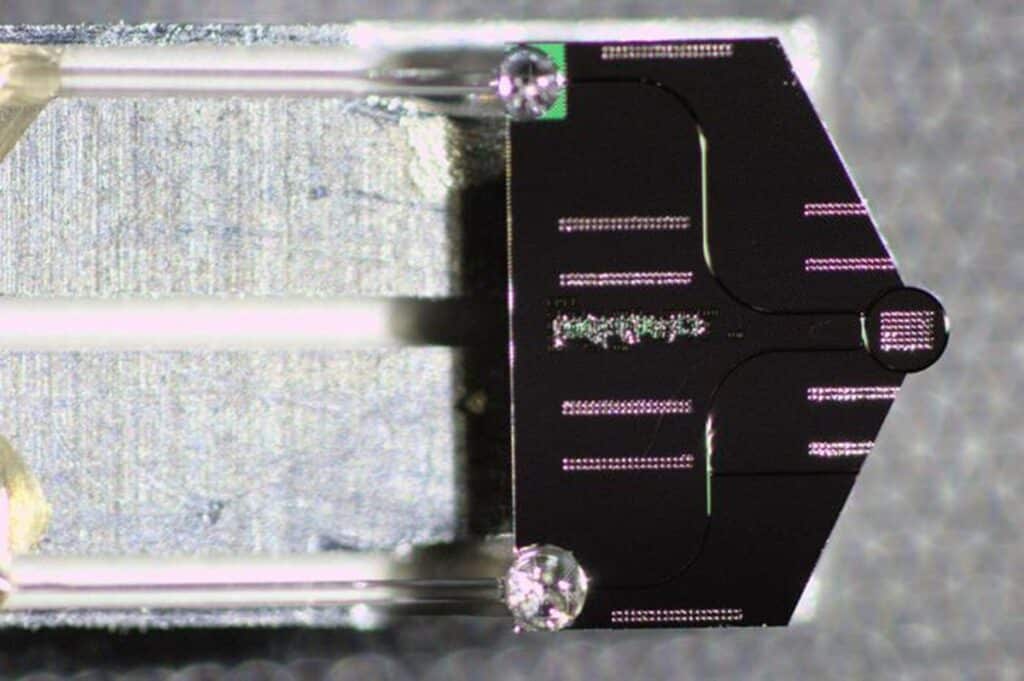Researchers at EPFL and the Max Planck Institute have incorporated nonlinear optical phenomena into a transmission electron microscope (TEM), which uses electrons for imaging instead of light.
Nonlinear optics, the study of unpredictable light behavior in materials, has applications in various fields, from laser development to quantum information science. Integrating nonlinear optics into a TEM enables complex light interactions on a small chip, allowing for the miniaturization of devices in applications such as optical signal processing, telecommunications, sensing, and spectroscopy.
The study was led by Professor Tobias J. Kippenberg at EPFL and Professor Claus Ropers, Director of the Max Planck Institute for Multidisciplinary Sciences.
In this study, researchers focused on “Kerr solitons,” which are waves of light maintaining their shape and energy as they travel through a material. They utilized a specific type, “dissipative Kerr solitons,” stable light pulses lasting tens of femtoseconds formed spontaneously in a photonic microresonator.
EPFL researcher Yujia Yang, who led the study, said, “We generated various nonlinear spatiotemporal light patterns in the microresonator driven by a continuous-wave laser. These light patterns interacted with a beam of electrons passing by the photonic chip, leaving fingerprints in the electron spectrum.”
The study showcased the coupling between free electrons and dissipative Kerr solitons (DKS), enabling researchers to explore soliton dynamics in the microresonator cavity and achieve ultrafast modulation of electron beams.

Generating dissipative Kerr solitons in a transmission electron microscope (TEM) opens up new possibilities for using microresonator-based frequency combs. The electron-DKS interaction holds potential applications in high repetition-rate ultrafast electron microscopy and particle accelerators using a compact photonic chip.
Professor Claus Ropers, Director of the Max Planck Institute for Multidisciplinary Sciences, said, “Our results show electron microscopy could be a powerful technique for probing nonlinear optical dynamics at the nanoscale. This technique is non-invasive and can directly access the intracavity field, key to understanding nonlinear optical physics and developing nonlinear photonic devices.”
Journal Reference:
- Yujia Yang, Jan-Wilke Henke, Arslan S. Raja, F. Jasmin Kappert, Guanhao Huang, Germaine Arend, Zheru Qiu, Armin Feist, Rui Ning Wang, Aleksandr Tusnin, Alexey Tikan, Claus Ropers, Tobias J. Kippenberg. Free-electron interaction with nonlinear optical states in microresonators. Science, 12 January 2024. DOI: 10.1126/science.adk2489
